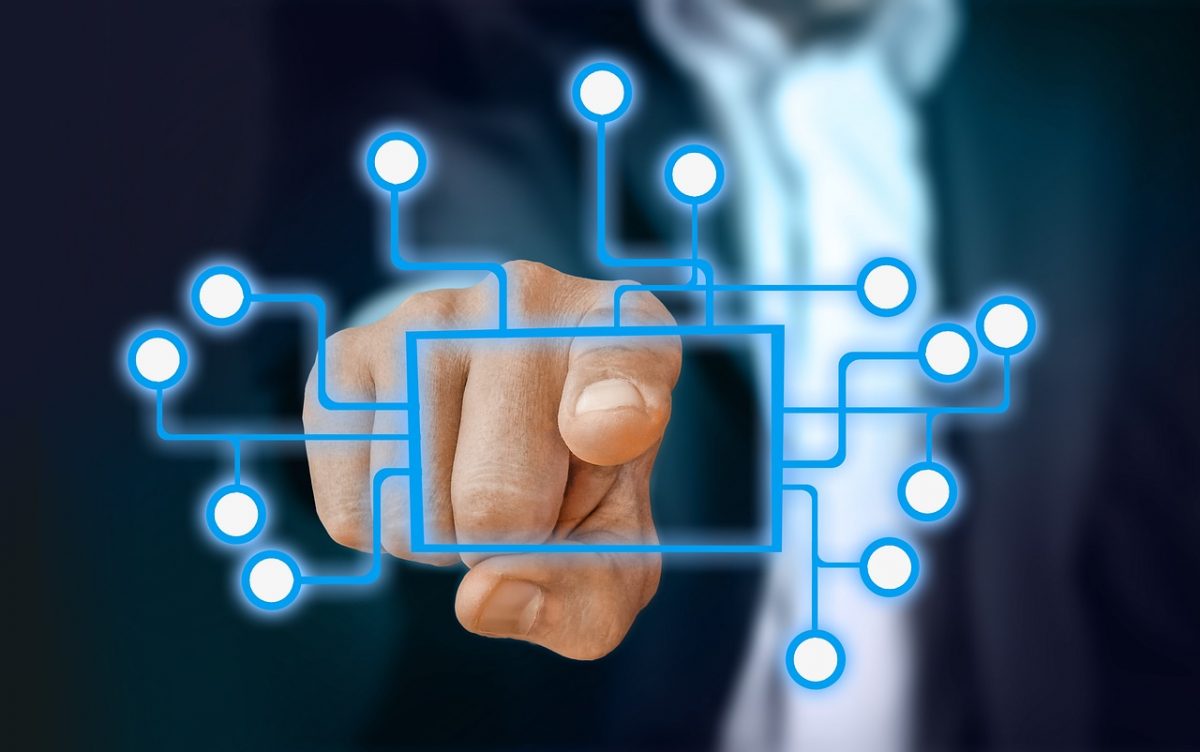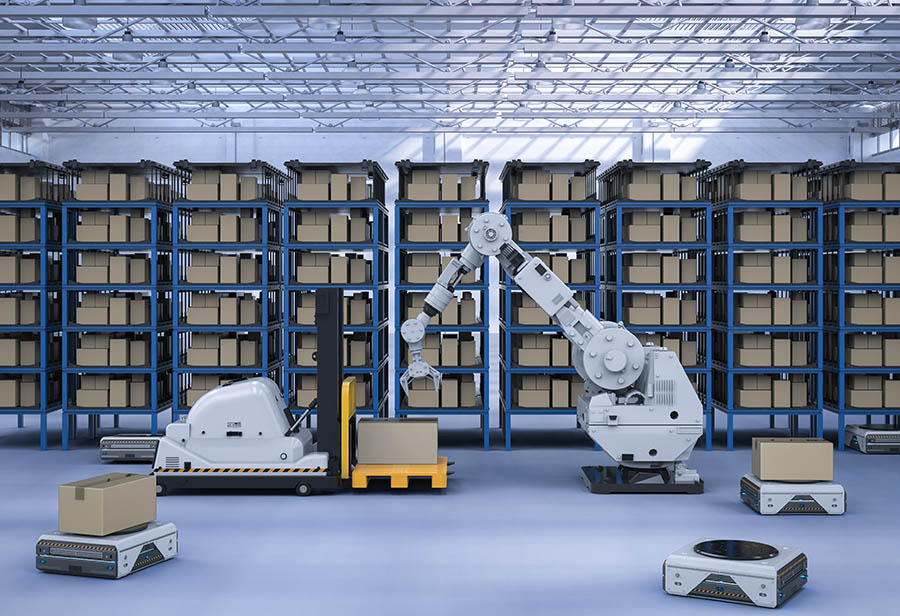Automation refers to technological applications in which human involvement is minimized. Basic automation automates simple and fundamental operations. This degree of automation is concerned with digitizing labor by utilizing technologies to expedite and consolidate everyday operations. Basic automation includes business process management (BPM) and robotic process automation (RPA), IT automation, and personal applications such as home automation, and others.
Types of Automation
Process automation increases productivity and efficiency in firms by providing new perspectives on corporate difficulties and delivering solutions. Process automation includes workflow automation and process mining.
Another form is integration automation, in which computers replicate human jobs and repeat the behaviors once the machine rules are defined by people. People have characterized digital employees in recent years as software robots trained to collaborate with humans to execute certain jobs.
With the introduction of AI in automation, robots can now learn and make decisions based on previous scenarios that they have experienced and studied. Virtual assistants powered by AI, for example, are widely employed to save costs while empowering both consumers and human agents.
Automation is being implemented at Home, Office, and Hotel Automation as it offers several advantages like effective management from one place, maximizing security, and Increased energy efficiency. It also helps improve appliance functionality by providing management insights.
Home automation
Smart gadgets are now assisting in the development of the best home robotization frameworks and controls. Home automation technologies are altering how people live and interact with their houses.
The “Internet of Things,” or IoT, is made up of home automation systems and controls. The Internet of Things (IoT) is a system that allows smart devices to communicate with one another. This system uses the internet and wireless connections to sync devices and conduct tasks. Smart devices are ordinary home items that have sensors and connectivity built in. These sensors assist the device in gathering information about how people use it. The gadget then sends the data it has gathered to other smart devices to help them with its work. This information exchange is what gives rise to the Internet of Things.
Office Automation
Office automation is used to meticulously create, store, control, and transfer office data and information that is required for basic automation and goals. It enables business associations to improve their efficiency and recognize simpler ways to collaborate in benefits. Office automation, which began primarily as a data handling and word processing device, now includes more modern and complex tasks such as coordinating front-office and back-end systems. It aids in the advancement of current office strategies by saving time, money, and human effort. Office automation also provides various benefits such as better data storage and manipulation, data management, data exchange, accuracy, time and resource savings, and cost savings.
Hotel Automation
Hotels are just the most recent area to join administration offices to improve client experience and productivity as a result of automated innovation. Hotels can incorporate the use of automated processes in a variety of ways. Automation in the hotel industry is quickly becoming a must in order to provide competent yet high-quality service. Reasons to use a Hotel Automation System include lower management expenses, increased safety, and comprehensive control over the building.
We have solutions for home, office, and hotel automation solutions to transform any property into a smart, luxurious place and to significantly improve users’ living comfort and well-being while reducing energy consumption and achieving a sophisticated high-performance property.
We custom-integrate the most advanced electronic hardware and software to deliver superior-quality automation solutions that allow you to easily perform complex tasks – literally putting room control at your fingertips.
For additional information on such solutions and emerging use cases in other areas, as well as cooperation and partnership opportunities, please contact us at open-innovator@quotients.com







